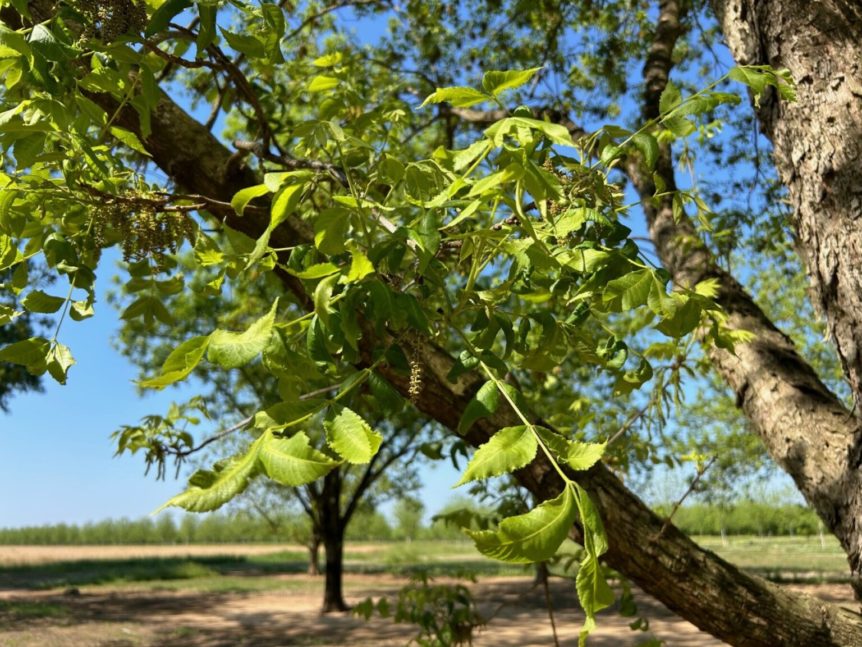
By Clint Thompson
Herbicide drift’s impact on orchards in the Southeast has left many pecan producers wondering how to proceed. What should they do? Who should they contact? What evidence needs to be collected?
Lenny Wells, University of Georgia Extension pecan specialist, emphasizes the importance of documenting damage.
“To cover all of their bases, in case there is an issue, we’ve got several things they need to think about doing as soon as they notice it. No. 1, talk with their neighbor or farmer where the drift came from in a calm manner. Find out what materials were sprayed and when and what the weather conditions were. Usually, the farmer that had done the spraying is very cooperative, and certainly when you show them what happened, most of the time they’re willing to do whatever is needed to help resolve the problem,” Wells said. “Contacting the crop insurance agent used by the person who did the spraying is important, just to notify them that the event occurred. It may turn out that there’s no loss at all, and hopefully that’s the case.”
Samples Needed
“The Department of Ag needs to come and pull some samples to test for the presence of these herbicides, if there’s any possibility that it could go further, that needs to happen. The Department of Ag inspectors need to come pull those samples themselves to keep the chain of custody, so there’s no questions there.”
Herbicide damage is the result of row-crop burndown. The impact of drift may not be fully known until more than a month from now. The impact of 2,4-D shows as twisted or curled leaves, the glyphosate as thin, strappy leaves on the new growth and flumioxazin burns the foliage.
Click here for additional information regarding 2,4-D herbicide damage in pecan orchards.










